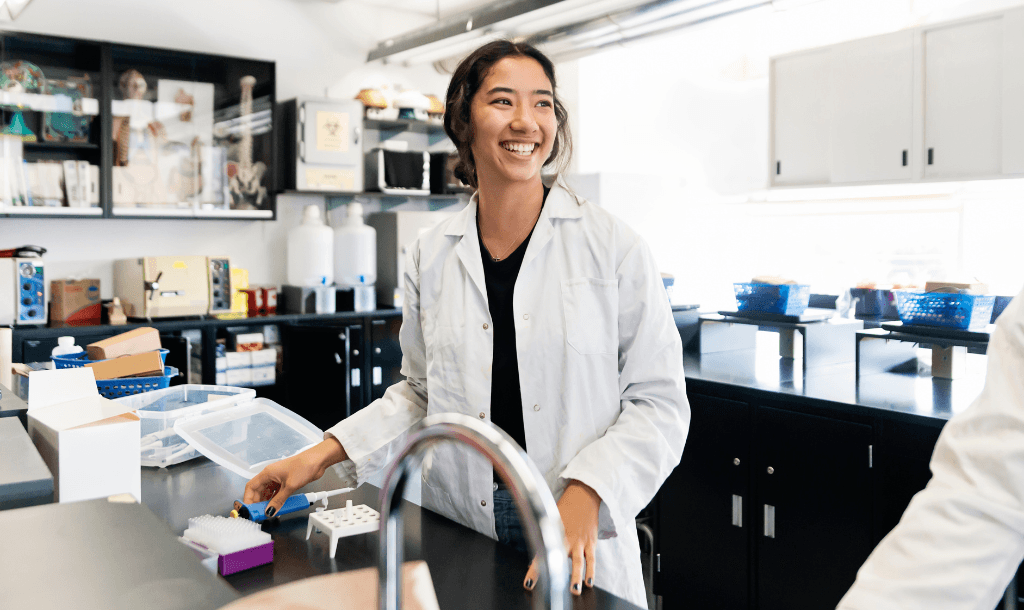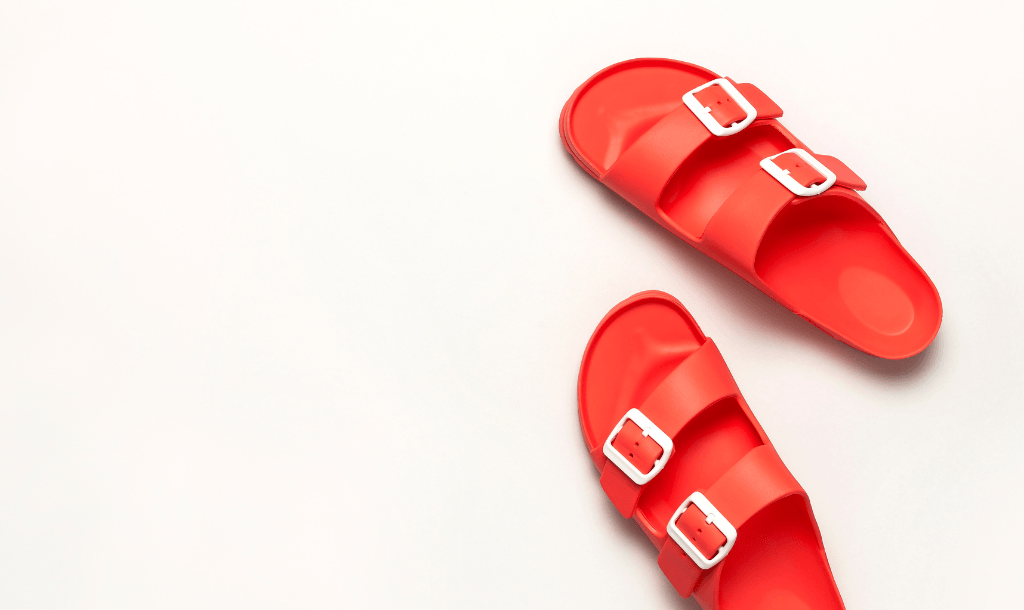Athena Diagnostics, Inc. v Mayo Collaborative Services, et al [2017]
On 4 August 2017, the United States District Court handed down another decision to dishearten the biomedical sector. The U.S. judiciary are sending a constant message that diagnostic methods based on a natural law or principle are not to be considered as patent eligible subject matter.
Introducing the parties and their arguments
The Plaintiffs (the patent owners) in this case are Athena Diagnostics, Inc, Isis Innovation Limited (rebranded as Oxford University Innovation), and Max-Plank-Gesellschaft zur Forderung de Wissenschaften e.V., and are collectively referred to herein as “Athena”. The Defendants (the alleged infringers) are Mayo Collaborative Services, LLC (doing business as “Mayo Medical Laboratories“), and Mayo Clinic – which for the purposes of this article, are collectively referred to as “Mayo”.
Specifically, Athena were alleging that Mayo had developed two diagnostic tests that infringe on the Athena patent – U.S. Patent No. 7,267,820 (“the ‘820 patent”). Mayo’s defence: the ‘820 patent is invalid under the famous 35 U.S.C. section 101, because the claimed method merely applies routine and conventional techniques to a law of nature. Accordingly, the present case specifically considered a Motion to Dismiss the pending infringement case on the basis that the patent is not valid.
The ‘820 patent
The patent-in-suit is directed to the diagnosis of Myasthenia Gravis, a chronic autoimmune disorder. Symptoms include waning muscle strength throughout the day, eye weakness (e.g., drooping eyelids), leg weakness, dysphagia, and slurred or nasal speech.
The inventors of the ‘820 patent found that 20% of Myasthenia Gravis patients lack acetyle choline receptor (AChR) autoantibodies, and instead have IgG antibodies that bind to the N-terminal domains of muscle specific tyrosine kinase (MuSK), a receptor that is located on the surface of neuromuscular junctions. Advantageously, the methods disclosed in the patent specification provide a more accurate and speedy diagnosis of these 20% of Myasthenia Gravis patients.
The ‘820 patent is therefore directed to a method for diagnosing Myasthenia Gravis using a radioactive label attached to MuSK (or a fragment of MuSK) – which is then introduced into a sample of bodily fluid. In particular, 125I-MuSK is introduced into the bodily fluid, the MuSK autoantibodies, if present, attach to the labeled fragment. Once precipitating the bodily fluid, the presence of radioactive label on any antibody indicates that the person is suffering from Myasthenia Gravis.
Mayo’s Motion to Dismiss
Although Athena put forward the case that Mayo was infringing their patent – this isn’t the subject of this article (or really, this decision) and accordingly is not discussed here. More interestingly – Mayo opines that the infringement complaint should be dismissed “on the ground that the patent seeks to patent a law of nature, and it uses techniques standard in the art.”
As one might expect, Athena disagrees with the assertions of Mayo – responding that the patent requires the production and use of a fluorescently labelled protein, 125I-MuSK (which, of course, is not naturally occurring). In addition, Athena comments that various procedures are applied to the non-naturally occurring protein which are sufficient to “transform the claim” and thus make it patent eligible.
The Test For Patent Eligibility
In the U.S., it is well established that a threshold standard for patent protection is that the subject matter of a patent must be patentable under Section 101. Otherwise, the patent is invalid. The highly discussed Alice Corp v CLS Bank, and Assoc. Mol. Pathology v Myriad Genetics Supreme Court decisions have determined that Section 101 contains implicit exceptions to:
- Laws of nature;
- Natural phenomena; and
- Abstract ideas;
which are all patent ineligible.
The U.S. Patent and Trademark Office are currently applying a two-step method for assessing patent eligibility, as set out in the controversial Mayo v Prometheus decision.
Step 1: Are Claims Directed to a Patent Ineligible Concept?
Although the ‘820 patent describes the formation of of a complex between a man-made chemically-modified version of MuSK, with the patient’s own autoantibodies – resulting in the creation of a specific complex that does not occur in nature, the Court have determined this to be insufficient to render the subject matter eligible.
In arriving at this finding, the Court highlights that the ‘820 patent claims only define a method for diagnosing a disease – and not the man-made chemical entity per se. Allegedly, the focus of the claims of the invention is the interaction between the 125I-MuSK and the antibodies within the bodily fluid, and this interaction is naturally occurring. Because the claims focus on the natural occurrence, it is directed to a patent-ineligible concept.
Step 2: Does the inventiveness of the claim make it patent eligible?
Should a patent fail part one of the Section 101 analysis – it proceeds to step two. That is, the patent can be upheld if the method contains an “inventive concept”.
In this case, Mayo argued that the ‘820 patent should also fail step two, because merely identifying the presence of autoantibodies to MuSK is not an inventive concept, as the techniques for doing so are well established in the art. The Federal Circuit have previously advised that “more is required than well-understood, routine, conventional activity already engaged in by the scientific community” (see, CellzDirect, 827 F.3d at 1047).
Mayo draws support from the ‘820 patent itself, which teaches that: “iondination and immunoprecipitation are standard techniques in the art, the details of which can be found in references (4 and 6)”. References 4 and 6 were published in are dated 1976 and 1985, respectively.
Athena disputed Mayo’s allegations on the basis the the step of detecting autoantibodies was neither well understood nor routine. Additionally, the step of contacting MuSK or a MuSK epitope with a suitable label was highlighted as being novel. Athena further opined that in light of the complexity of protein molecules, getting known iodination methods to work specifically with proteins, is not routine.
Unfortunately for Athena, the Court did not accept their arguments – because the specification appeared wholly silent on any of the complexity of the steps that Athena alleged were neither well-known nor standard. It is well established that a patent specification must contain a written description of the invention, and the manner and process of making and using it, “in such full, clear, concise, and exact terms as to enable any person skilled in the art to which it pertains” could make or use it. Therefore, in the absence of the features that allegedly make the invention – the specification clearly fails to meet this requirement.
Mayo, Ariosa and now Athena: the trend continues…
The Supreme Court started the wrecking ball on diagnostic inventions back in 2012 in the Mayo v Prometheus decision. As discussed in intricate detail elsewhere, the Prometheus patent was directed to a diagnostic test which measured how well a person metabolized thiopurine drugs. Despite the test involving a patient being administered with the drug 6-thioguanine before measuring the level of the drug in the patient’s blood stream – the Court held that claimed method was no more than the observation of a law of nature!
Simply put, the Court asserted that the necessitation of human action (i.e., the administration of a thiopurine drug) to trigger the reaction – the reaction itself was not a human action – and accordingly not patent eligible. The methods merely measured how effectively a person metabolizes the drug – an “entirely natural process”.
The Decision of the US Court of Appears for the Federal Circuit in Ariosa v Sequenom added fuel to the fire. There was no doubt that the innovative technology solved a huge market need – the patent was directed to a method of using fetal DNA to diagnose certain conditions. Quite amazingly, the inventors found that cell-free fetal DNA was present in maternal plasma and serum – a portion of the maternal blood sample that other researchers had previously discarded as medical waste – and from the tiny fraction of paternal cell-free fetal DNA the inventors could determine certain inherited characteristics. The claimed method encompassed methods of isolating and amplifying the DNA to provide a greater efficiency in diagnosis of genetic defects.
However, it was the view of the Court that “the only subject matter new and useful as of the date of the application was the discovery of the presence of cffDNA in maternal plasma or serum”. This statement appears flawed – at least in part because the patent claims were not directed to the cffDNA per se – but to a new and incredibly inventive diagnostic method that only became possible after the discovery of the cffDNA. It’s difficult to agree with the decision that such methods, requiring significant human intervention, are based on a natural law or phenomenon – and it sets a terrifying trend as to how far this concept could be extrapolated? If you dig deep enough, could an argument be made that every possible method in the world relates, at some level, to a natural law?
Is there a glimpse of relief?
Moving forward, there appear to be fewer and fewer pegs to hang your hat on with respect to diagnostic method patents. The most prevalent glimmer of hope is vested in the recent Rapid Litigation Management v CellzDirect. The patent considered in this case claimed a method for preserving primary liver cells by re-freezing. This technology was hugely valuable – because hepatocytes naturally have a very short life span (thus could only be frozen once using previous technologies), and can only be harvested from a limited number of donors.
Although in the first instance the District Court believed the claims to be directed to ineligible subject matter, on Appeal the Federal Appeals Court more sensibly found that the claims were not directed to the natural law, but instead to a new and useful method for preserving hepatocytes. Specifically, the Appeals Court found that the invention was not the mere observation or detection of the ability of hepatocytes to survive multiple freeze-thaw cycles, but instead directed to a new and useful method of preserving the cells. Thus – the outcome was a method to produce something useful, and the claims were considered to define patent-eligible subject matter.
This result appears to distinguish over the conclusion arrived at in respect of the ‘820 patent – because the “desired outcome” of the ‘820 patent is the mere detection of MuSK autoantibodies. Allegedly, it does not “produce something useful beyond that diagnosis”. Of course, the counter argument is that the diagnosis itself is hugely useful – as it allows for a more effective treatment regimen to be prescribed to a patient in need. However, it appears that a stance has been set in the U.S. that they are looking for a biomedical method to result in a material and tangible product (which is certainly a new, and in our view misplaced, consideration with respect to traditional patent law).
Although the future is far from certain, it looks like owners of technology involving diagnostic methods are in for a rough few years with respect to obtaining their U.S. patents. Exceptional care and creativity must be taken when drafting claims directed to diagnostic method technology. For example, one option likely to be positively viewed appears to be to formulate a product that is integral to the working of the diagnostic method.










